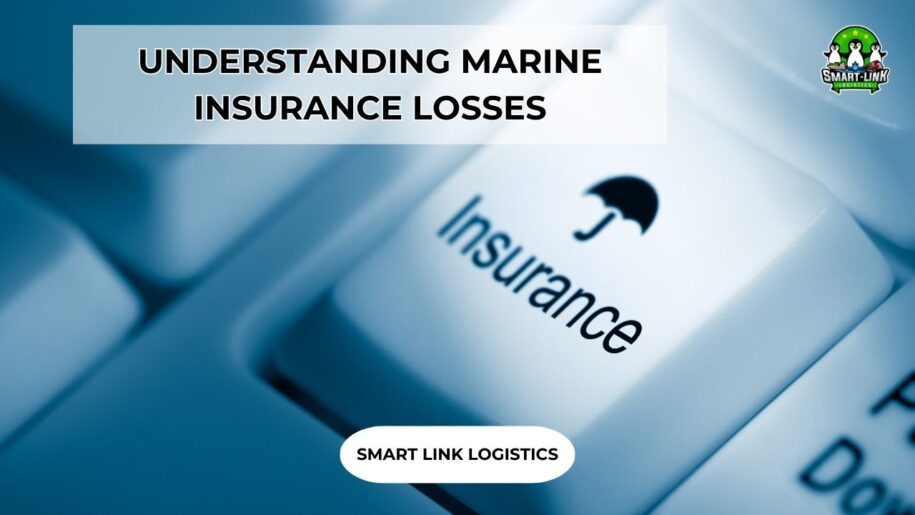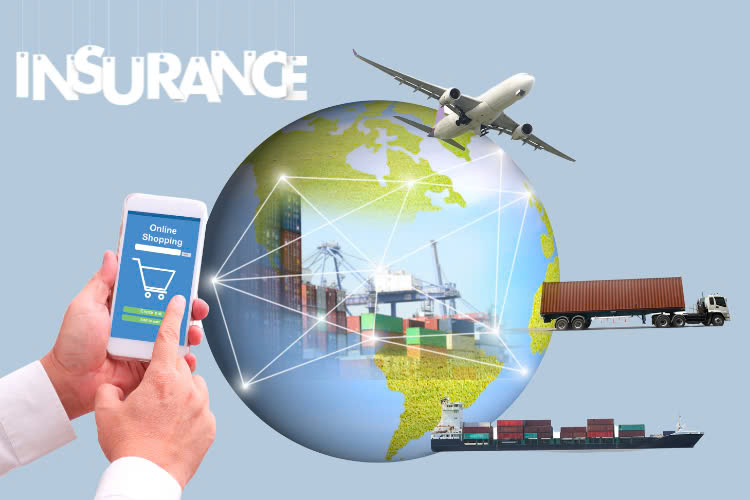
UNDERSTANDING MARINE INSURANCE LOSSES
Today, we will be discussing marine insurance losses, with a particular focus on the concepts of general and particular average losses, as well as how these losses are classified and determined. In a previous article, we covered risks in marine insurance, mentioning some examples related to losses and risks.
1. Classification of Marine Insurance Losses
Insurers typically divide losses into two main types: total loss and partial loss. Let’s dive into each type in more detail.
1.1. Partial Loss:
This refers to the losses that occur on a portion of the insured object under the contract. Partial loss can be further classified into two main categories: particular average and general average.
Particular Average:
These are losses caused by unexpected incidents or natural disasters, and the shipper is responsible for these losses. For example, if goods are damaged by seawater during transportation, the shipper is liable for the damage or may seek compensation from the insurance company, but cannot request other involved parties to share the loss.

General Average:
These losses arise from intentional actions or expenses incurred to protect the ship, cargo, or voyage from hazards. Two key principles define general average:
- Principle 1: Losses occur to ensure the general safety of the ship and cargo at sea.
- Principle 2: Expenses arising from actions to prevent danger to the ship or cargo, even if unnecessary, are considered general average if they benefit the overall situation.
General average typically consists of two parts:
- General Average Sacrifice: Direct losses resulting from actions taken under general average, such as jettisoning cargo to save the ship during a storm.
- General Average Expenses: Costs paid to third parties to save the ship or help it avoid disaster, including port fees, storage costs, ship repairs, or additional fuel expenses.
1.2. Total Loss:
Total loss represents the highest level of loss, where the insured object is either completely damaged or entirely lost. To prevent insurance fraud, total loss is divided into two categories:
- Actual Total Loss: This occurs when the insured object is completely destroyed or severely damaged beyond usability, such as in cases of fire, decay, or sinking of the ship.
- Constructive Total Loss: In this case, the goods are not entirely lost but the cost to restore or continue the journey is too high, leading the insurer to abandon the cargo.
To file a claim for constructive total loss, the insurer must notify the intent to abandon the goods and request a compensation assessment. However, insurers often have the right to reject this claim.
Summary
Marine insurance losses are classified into two main categories: partial loss and total loss.
- Partial loss includes particular average and general average.
- Total loss includes actual total loss and constructive total loss.
In conclusion, understanding the different types of marine insurance losses is crucial for handling and filing claims accurately to ensure the rights of all parties involved. Losses can be divided into various categories, each with its own specific regulations and conditions, from particular and general average to total loss. We hope this article has provided you with a better understanding of marine insurance losses, helping you be more prepared when facing risks and damages during the shipping process.
Hotline: + 84 935 766 039 to know more about our services

If you require assistance with international import and export of goods, please contact our team at Smartlink Logistics. We are available to provide you with professional guidance on our services and the necessary customs procedures.
SMART LINK: BEST SERVICE BEST YOU


































